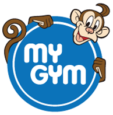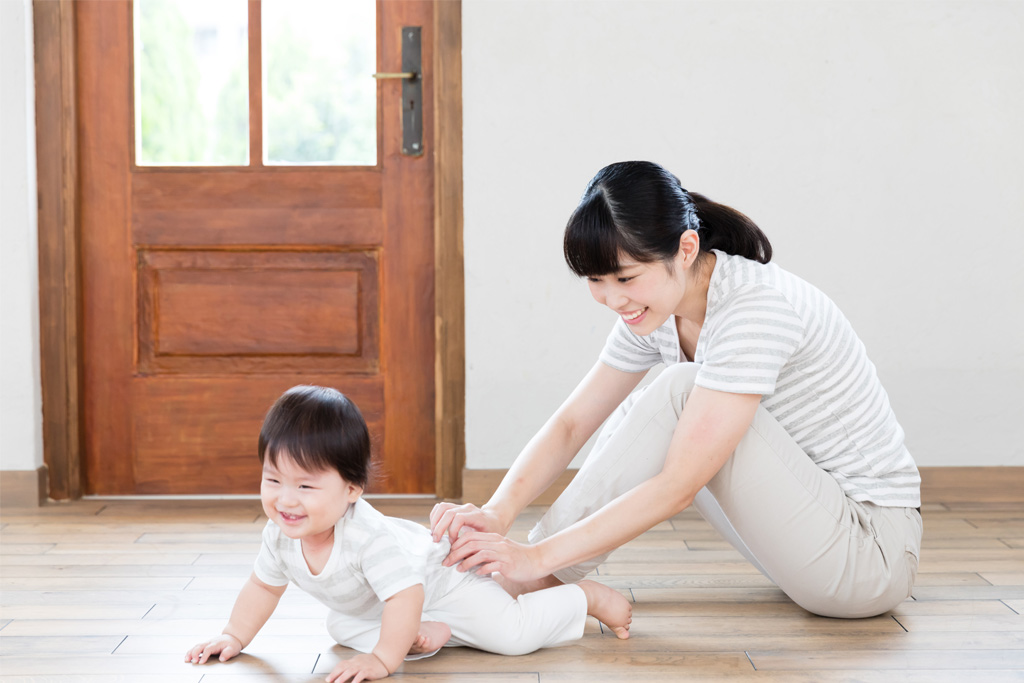Make Your Home Safe For Baby
Perhaps your baby is due, or you already have had a baby for around 6 months now. In either case, what will be apparent to you is the feeling that there is never enough of time. It is always shrinking, and the discovery that you are having less and less of time for yourself. This is natural.
A new born is the most important being in the world, and more so to a new mom. And when the baby gets to be 6 months old, it is all hands on the deck, all of the time.A baby is ready to experience the thrills of crawling and are on the move.
Babies are active explorers of the world around them. Discovering new objects, picking up anything and everything that catches their eye. Glittering objects are the easiest for the baby to spot, pick up and put them straight into their mouths.
Learn to see from baby’s eye level
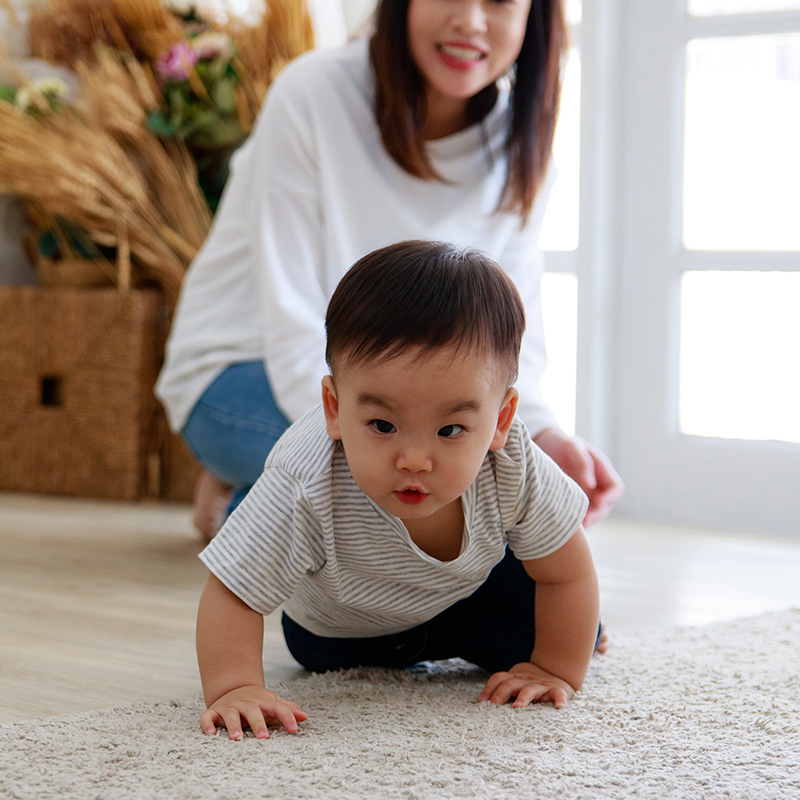
From an adult’s height and view, nothing will seem to be much of a danger. However, things will look very different from your crawling baby’s eye level. So get down on all four and move about your home to spot hazards.
You will begin to notice that the electricity outlet is right in your face. Or you may keep bumping into sharp corners that were earlier invisible. As your child grows older, do another recce of your home, and view it at his/her height. You might spot and remove a potential hazard, and neutralize it.
Go the extra mile
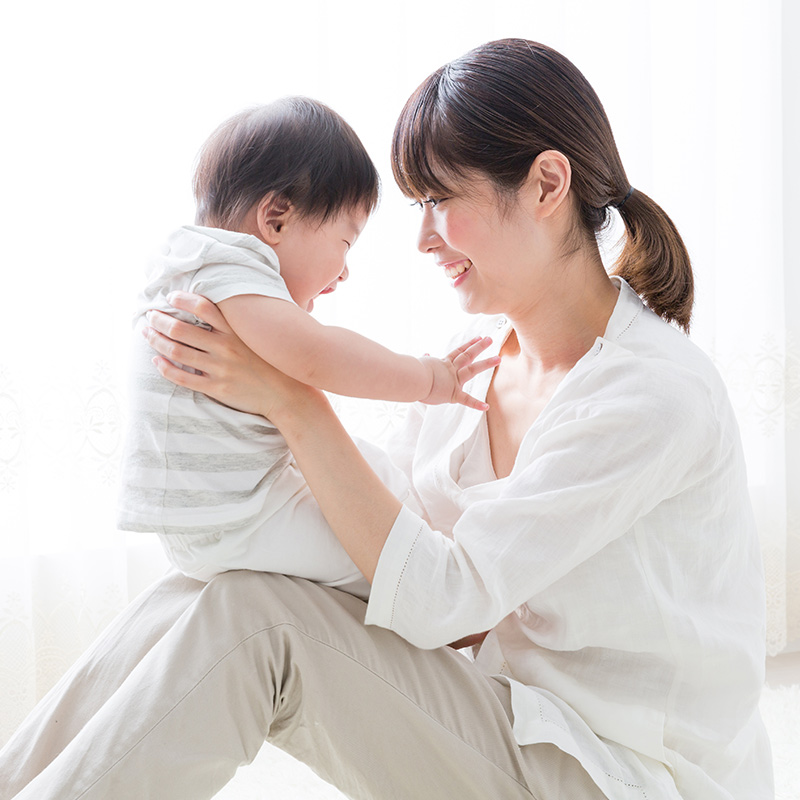
The thumb rule is, get the chore of making your home safe for the baby done and out of the way, sooner than later. Make it a mandatory exercise for dad and sibling to help you out.
Start by getting them to put away all paper clips, loose staples, buttons, coins or safety pins and ensure these are never left on the floor or anywhere near your baby.
When bathing the baby
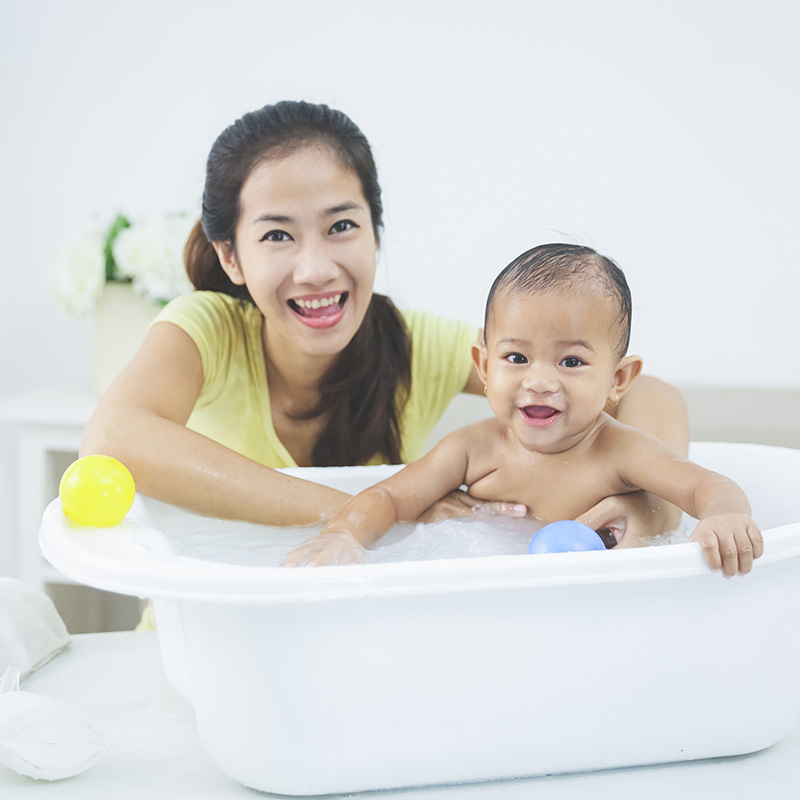
- Fill the tub just enough to cover your baby’s legs. That is about 2 to 3 inches of water. Raise the level only when you feel you have become adept at bathing the baby
- Always use warm, not hot, water. Do the elbow or the wrist test or use a thermometer to make sure water is between 96 to 100 degrees Fahrenheit. (35.56*C).
- Use a rubberised bathtub ring for the baby to sit in. This is an additional precaution and not a substitute for your supervision.
- Never ever leave a baby alone in the tub, not even for a few seconds. Always drain the tub
after bathing.
- Spread a nonslip mat in the bathtub and on the floor next to where you’d be kneeling.
- Keep baby soap, shampoos and towels handy and out of reach for the baby but within reach when
you stretch. - Put a soft cover or wrap a towel around the bathtub’s spout and knobs and edges.
- Use a safety latch for the toilet seat cover.
- For the washing machine, always switch it off and unplug it. This will avoid a child pressing and
starting a washing cycle! - Best to keep all electrical appliances away from water to avoid short circuits.
When in the Car
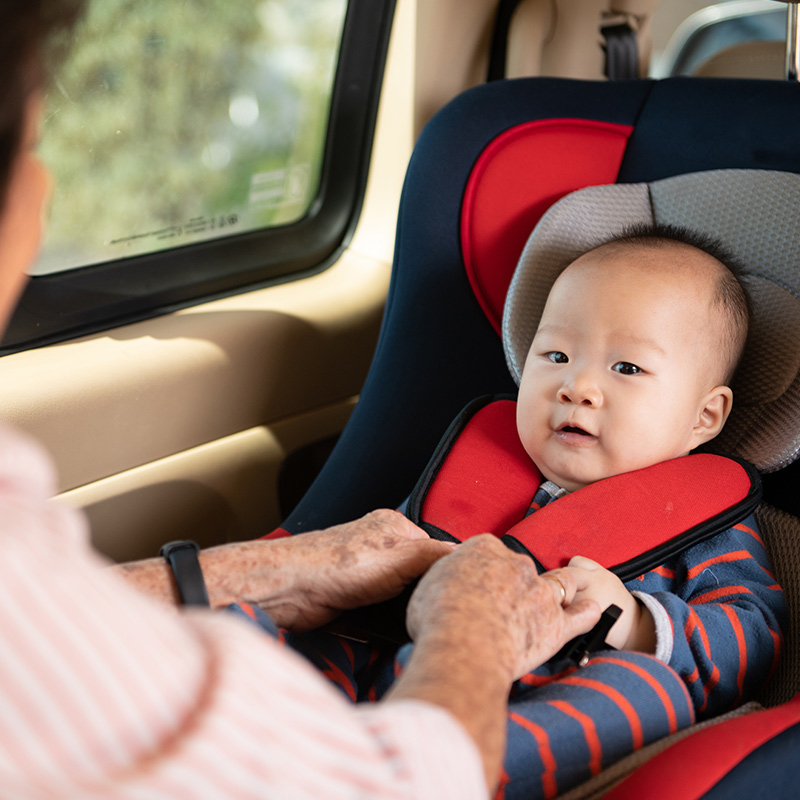
- Always put the baby in rear-facing car seat. And put them on the back seat. Never upfront or in your laps. Please.
- Advisable for children to be seated rear facing until they are 4 Years Old. Most car seats are calibrated to comfortably seat children until they’re 40 pounds in weight.
- Take the time to install the car seat properly, preferably in the middle of the backseat.
- Double check to see if the baby is secured when strapped in the rear facing seat. The belt should be firm but not tight. Ensure this before you get behind the wheel.
- When at the grocery store, always use the safety belt to hold the baby in place on your shopping cart.
Baby proof the Crib
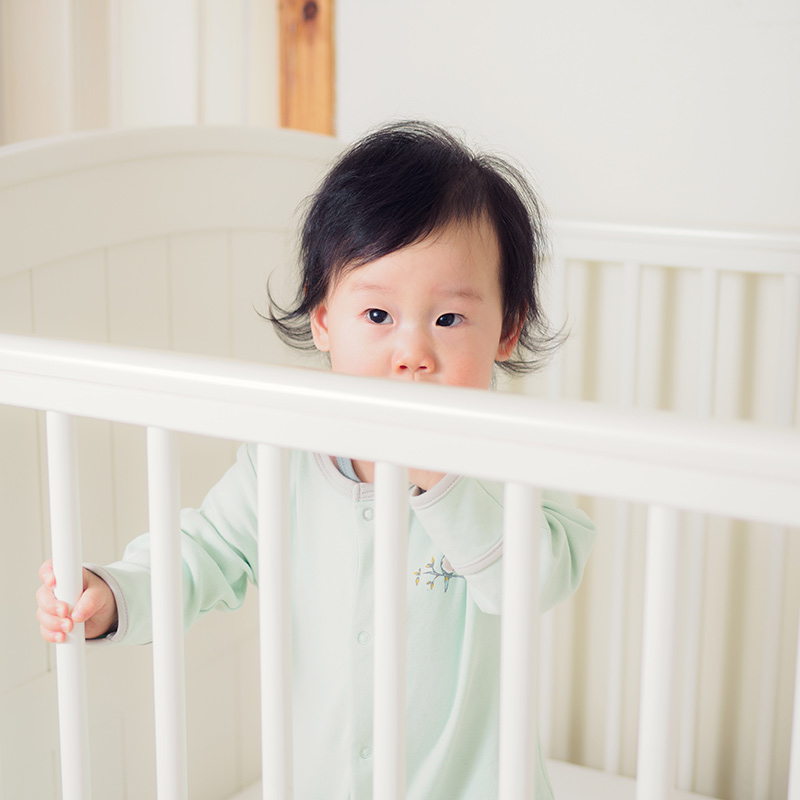
- Don’t buy a shallow crib that come with a drop-side. These are not safe.
- Avoid soft, fluffy bedding such as pillows, comforters, or sheepskins under sleeping or napping baby.
- When baby is able to get up on hands and knees, remove all mobiles and hanging toys.
- When baby pulls up, put mattress in lowest position.
- Don’t leave toys in crib when your baby is sleeping.
- Put babies to sleep on their backs, even for naps.
- Don’t put babies to sleep on water beds or other soft surfaces. The crib is the safest place.
Buy only safe toys
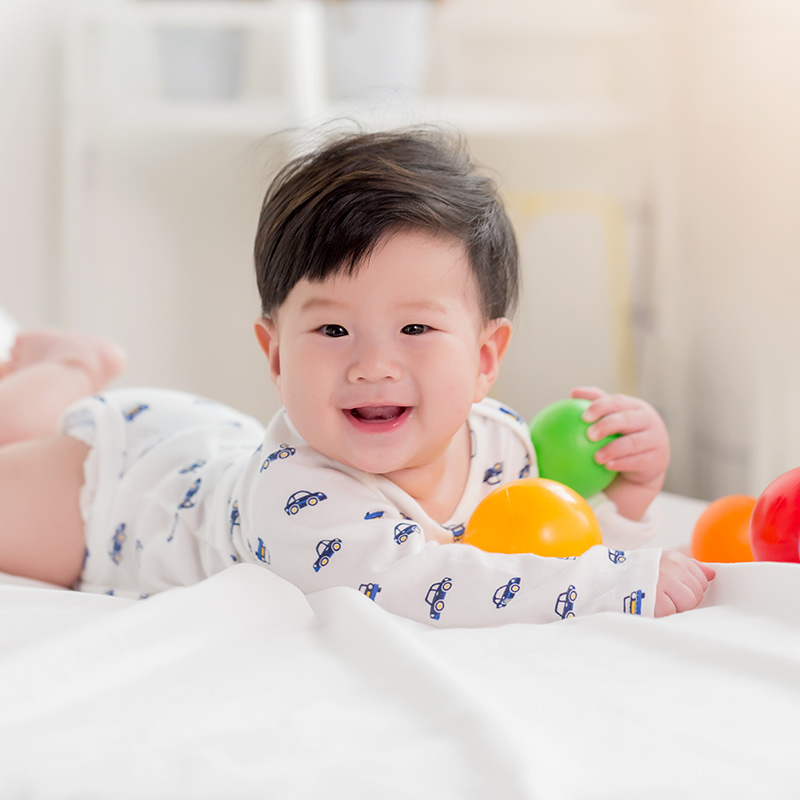
Keep in mind your baby’s temperament, habits, and
behaviour whenever you buy a new toy. Choose only age level toys. These are determined by safety factors, not
intelligence or maturity. After you’ve bought safe toys, make sure your baby learns how to use them. By playing with your baby will teach them how to play safely while having fun.
- Toys should be large enough, so that they can’t be swallowed.
- Avoid marbles, coins, balls, and games with balls that are 1.75 inches (4.4 centimeters) in diameter or less, they can get stuck in the throat.
- Battery-operated toys should have battery cases that are secured with screws so that children cannot pry them open.
- Make sure toys you buy are unbreakable and strong enough to withstand chewing.
- Make sure they don’t have sharp ends or small parts like eyes, wheels, or buttons that can be pulled loose or pinch tiny fingers.
- Buy a riding toys only when a baby is able to sit up well on their own.
- Be sure to keep toys clean. Mix antibacterial soap with hot water and use it to clean toys. Always rinse them thoroughly.
A little care goes a long way
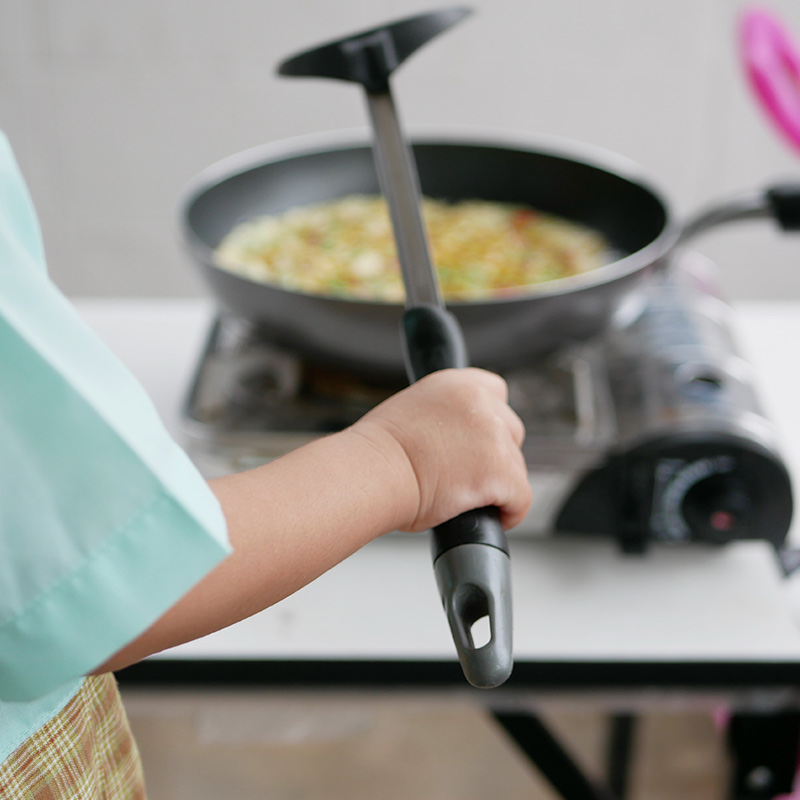
- Avoid carrying hot food or a hot drink and your baby at the same time.
- When at the table or on a counter, always keep hot food and drink away from the edge. And out of baby’s reach.
- Don’t use tablecloths or place mats — babies can pull them down along with
anything placed on them. - Holding a baby while cooking or when near a stove is not a good idea at all.
- Turn all handles of pots and pans toward the back of stove.
- Keep the door of the oven closed and secure it by using an appliance latch.
- Plastic stove guard that blocks access to burners, knob covers, and seal the oven door with tape.
- Buy a sturdy, stable, wide-based highchair with a safety strap. If you opt for a hook-on chair,
clamp it securely to the table. Ensure that it cannot be tipped over.
Making furniture safer
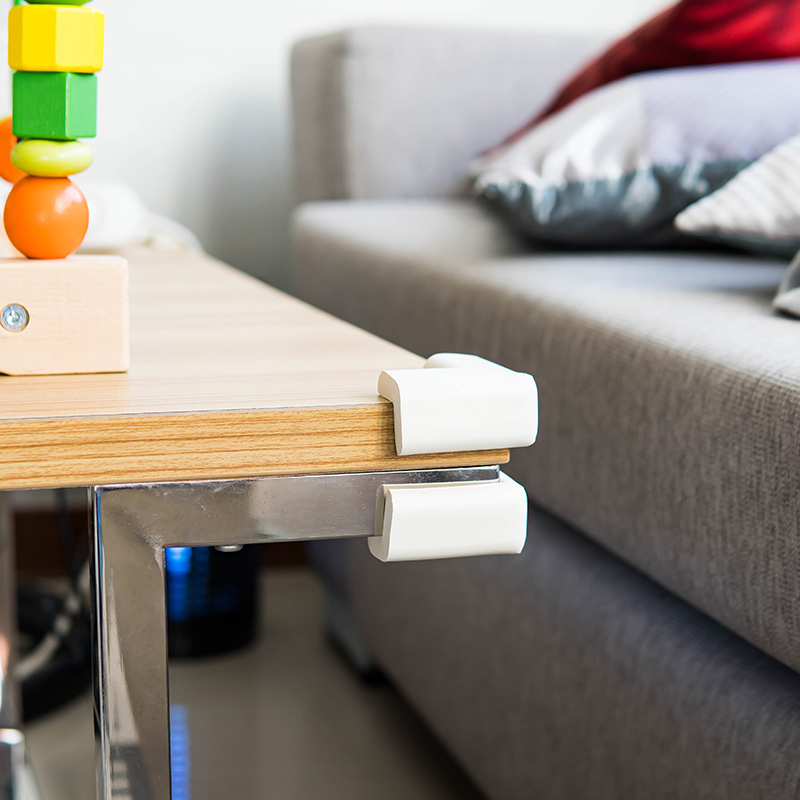
- If you have furniture with sharp edges, pad them over with foam. Attaching corner and edge guards is a great idea.
- Secure furniture that can topple over to the walls (bookshelves, chests of drawers).
- Anchor a flat-screen TV with safety straps or mount it on a wall securely.
- Keep artefacts on sturdy furniture, and pushed back as far as possible and out of reach.
- Secure tall, unstable lamps and place them behind the furniture.
- Make sure to use doorstops and door holders to
protect baby’s fingers.
Secure window, stairway & balcony
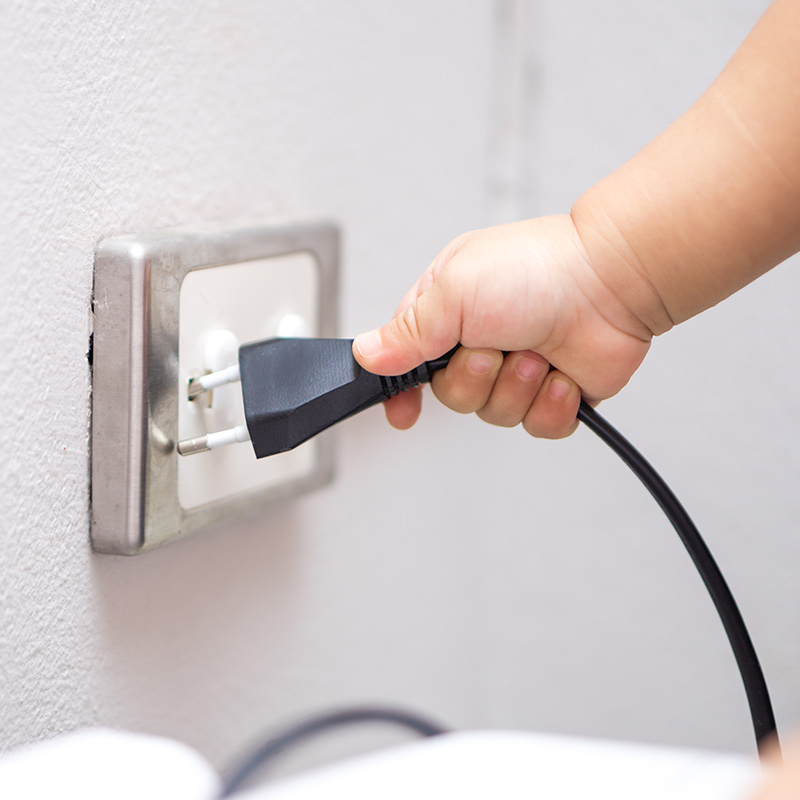
- Never leave your baby alone on beds or sofas, in bouncy chairs or highchairs, on changing tables or kitchen islands, or in any other spot she could topple from.
- Use window guards, window stops, and safety netting on windows, decks, and landings.
- Cut window-blind cords. Keep them short.
- Install safety gates at the bottom and top of the stairway.
- Block openings wider than 4 inches on railings, use plastic fencing or rope.
- Don’t place a chair or stool where the child can climb onto and look out of the window.
- Never encourage a child to climb on a chair and look out of the window. As children have a higher centre of gravity, it is easy for them to tip over.
Electrical outlets & extension cords
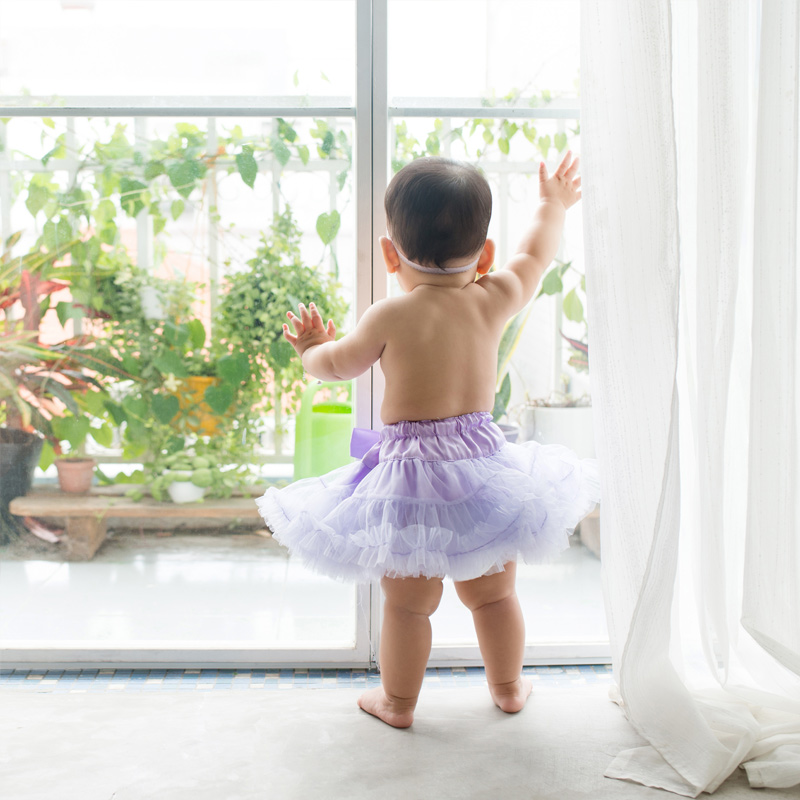
- All electrical outlets should be taped over or covered with sliding safety latch. Make sure the plug-in caps you choose are not easily removable, they can become a choking hazard.
- Hide electrical cords behind furniture or use a hide-a-cord device.
- Electrical wires can trip up a baby on the prowl or if too long, become a strangulation hazard.
- Keep blow dryers, toasters, and other appliances unplugged and out of reach.
KEEP ALL HAZARDOUS STUFF UNDER LOCK & KEY
Handy household tools that are kept in a lower cabinet look like tempting new toys to your baby explorer. Put these away and under lock and key.
- Fireworks, match boxes, sharp scissors, and uninflated or broken balloons can be choking hazards. Move all cleaning agents, medicines, hand sanitizer, vitamins, toiletries, mothballs, and other potentially toxic items out of reach or better still, LOCK THEM UP.
- Post hotline emergency numbers on your mobile phone. Stick them on the refrigerator and place next to the house phone.
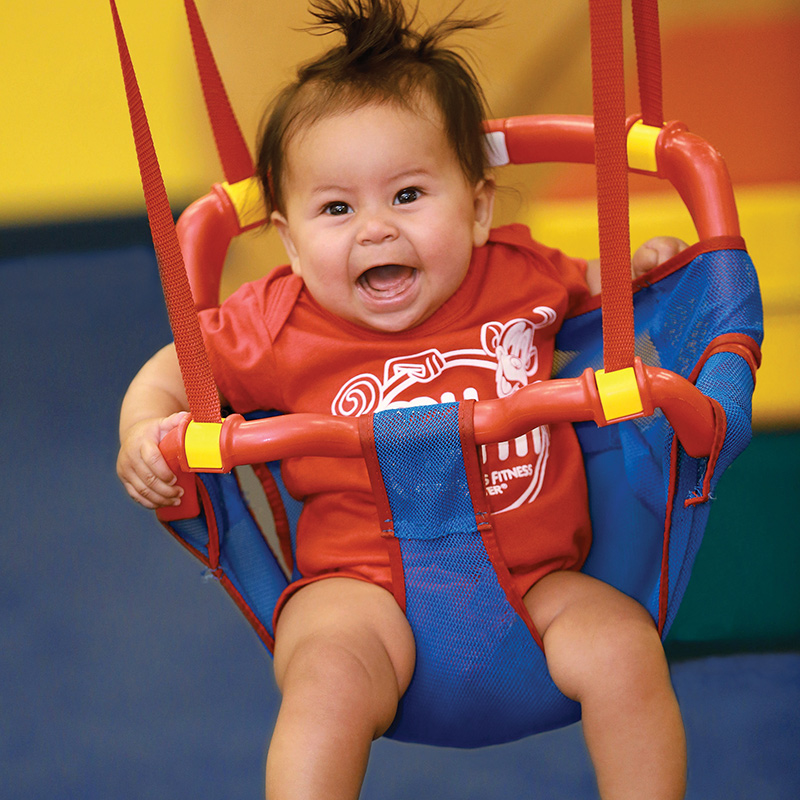
Playtime is a major part of your little one’s development.
Through play, even infants, can learn about themselves and
the world around them. My Gym helps your baby achieve
important physical milestones – right from cognitive and physical development to emotional and social growth and
encourage language development. Give us a call and set
up a meeting.
Discover a great and safe way for your baby to grow up.

